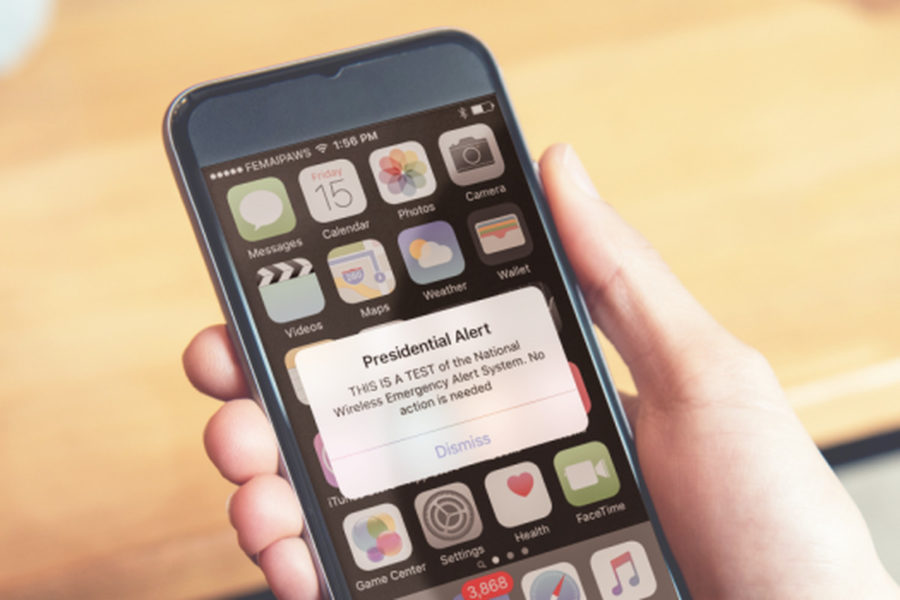
By: Nina Kanani | Writer
October 11, 2018
On October 3, 250 million people nationwide opened their cell phones to an unexpected message. For the first time in our history, the president directly messaged the citizens of his country, leaving most people in confusion. Immediately, criticism of Donald Trump appeared in nearly every social media post that day.
The Presidential Alert, also known as Integrated Public Alert and Warning System (IPAWS) is the newly found way of sending emergency alerts. The test was completed on Wednesday, October 3 to test the system and discover improvements. FEMA stated that every American citizen who owns a smartphone should have received the alert. However, many people, including students at SCHS did not receive an alert. This makes people question the effectiveness of this newly found system.
“Mostly everyone around me looked down at their phones right away and got the same alert,” senior Mady Ray said. “But then me and other people were confused cause we never got the text.”
Popular talk shows such as The Ellen DeGeneres Show and Saturday Night Live turned the message into a joke. Along with this, memes swarming the internet are making fun of President Trump, changing his texts to funny messages. For example, “In addition to winning the Electoral College in a landslide. I won the popular vote if you deduct the millions of people who voted illegally.” Although everyone directly targeted Trump for the message, it was actually FEMA who had done so.
Most people are questioning whether this is the smartest way to transfer news to all people. However, The Federal Emergency Management Agency stated that this decision was made merely to be a 21 century update to the Emergency Alert System, rather than being “Trump’s personal megaphone to America” (TIME).
According to Wired News, in a poll taken, seven out of ten Americans were willing to invest money into the production of a Defense Integrated Data System (DIDS) and personally favored the idea.
“It seems like it could be a little unprofessional” senior Sofie Sarpa said.
Although the alerts can be effective in spreading news immediately since nearly every American owns a cell phone, no one is certain that this may be the smartest way to do so. This idea was attacked from the moment alerts appeared on smartphones. It is uncertain whether the backlash will cause the end of these message alerts, although it may already be a plan for the future of our country.

Leave a Reply